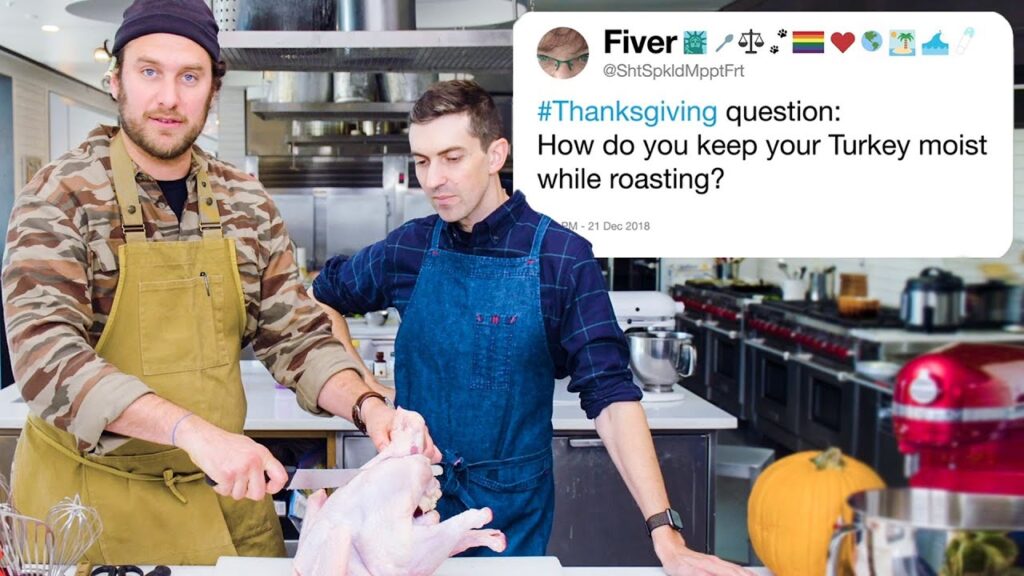Taste Support: A Professional Author and Taste Expert’s Answers to Twitter Questions
Summary
In this episode of Taste Support, Beth Kimberl shares her knowledge on various taste-related topics. She discusses the difference between tart and sour taste, remedies for loss of taste and smell, the reasons why certain flavors last longer than others, and the creation of the Flaming Hot Cheetos flavor. Kimberl also addresses several Twitter users’ questions regarding taste and flavors, including the reasons behind the difference in Fruity Pebbles’ flavor, Pop Rocks’ mechanism, and the creation of different cheese flavors. Lastly, she explains how colors affect taste and shares insights on Coca-Cola flavors and becoming a Ben and Jerry’s flavor guru.
Table of Contents
- The difference between tart and sour taste
- Remedies for loss of taste and smell
- Why some flavors last longer than others
- The creation of the Flaming Hot Cheetos flavor
- Reasons why Fruity Pebbles taste different
- How Pop Rocks work
- The process of creating different cheese flavors
- How colors affect taste
- Insights on Coca-Cola flavors
- Becoming a Ben and Jerry’s flavor guru
Q&A
The difference between tart and sour taste
According to Kimberl, tart and sour tastes are the same, but the professional tasting industry refers to them as sour and distinguishes between three types of sour: lactic, acetic, and basic sour. She adds that tartness can be a combination of sweet and sour tastes and often results from the presence of citric acid or vinegar.
Remedies for loss of taste and smell
Kimberl suggests practicing with essential oils, particularly peppermint, eucalyptus, and lemon, to help regain the sense of taste and smell. She recommends sniffing the oils and noting the different scents while focusing on the sensations in the nose and mouth.
Why some flavors last longer than others
Kimberl explains that onion and garlic flavors last longer in the system due to the presence of sulfur, which can linger in the mouth and nose for an extended period. On the other hand, flavors such as mint or gum dissipate more quickly in the stomach, resulting in a shorter taste experience.
The creation of the Flaming Hot Cheetos flavor
Kimberl shares that the Flaming Hot Cheetos flavor was created by a group of people under a non-disclosure agreement, and the exact recipe remains a secret. She speculates that it may result from a combination of chili powder, paprika, and various spices, resulting in a unique and addictive flavor.
Reasons why Fruity Pebbles taste different
Kimberl explains that the perception of flavor depends on various factors, such as the color and texture of the food. In the case of Fruity Pebbles, the different colors and the crunchy texture influence the perception of flavor, resulting in a varied taste experience.
How Pop Rocks work
Kimberl shares that Pop Rocks contain pressurized carbon dioxide, which is released when they come in contact with moisture, such as saliva. The bursting sensation in the mouth resulting from the release of gas creates a unique and exciting experience.
The process of creating different cheese flavors
Kimberl explains that different cheese flavors result from the use of various bacteria and molds during the cheese-making process. The specific strains used and the duration of fermentation affect the flavor and texture of the cheese.
How colors affect taste
Kimberl explains that colors can affect taste perception through a phenomenon called cross-modal correspondence. For example, red and orange colors can indicate sweetness or sourness, whereas green can signal bitterness.
Insights on Coca-Cola flavors
Kimberl shares that Coca-Cola has a complex flavor profile resulting from a blend of various spices and artificial flavors. The exact recipe remains a closely guarded secret, known only to a few people within the company.
Becoming a Ben and Jerry’s flavor guru
Kimberl shares that becoming a Ben and Jerry’s flavor guru involves a rigorous training program where trainees learn about the various ingredients and flavor combinations used in the brand’s ice creams. Trainees also work on developing their flavor creations and participate in taste testings to refine their skills.
Conclusion
Taste Support provides a comprehensive insight into the world of taste and flavors, offering helpful tips for dealing with loss of taste and smell, explaining the difference between tart and sour tastes, and shedding light on the creation of unique flavor combinations. Kimberl’s expertise and engaging presentation style make the video an enjoyable and educational experience for anyone interested in taste and flavor.







